Is Final’s personalised earbud service the future of wearable audio? I tried it to find out
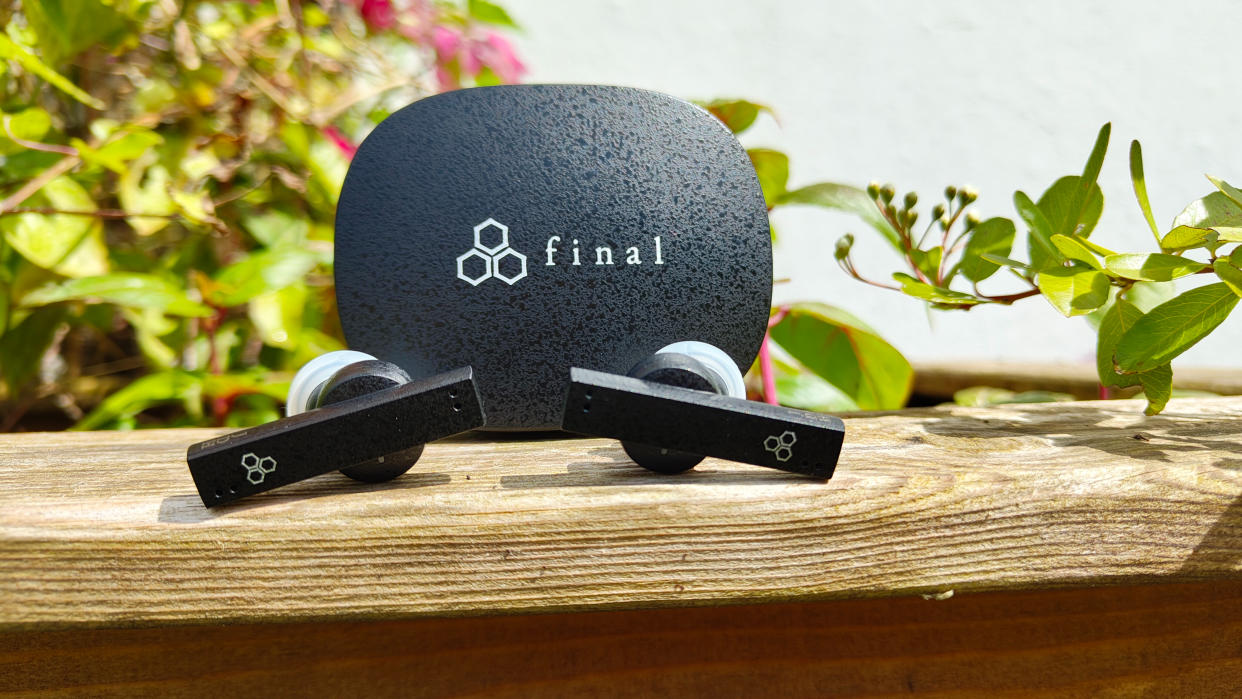
Do you know what’s missing from the current headphones landscape? Personalisation. Oh sure, you feel as though you have a degree of autonomy when you customise your given equaliser settings, scroll through the various noise-cancelling presets to find your preferred mode or simply decide that you'd rather have a pair of buds daubed in soothing lilac over industrial metallic grey.
This isn’t true customisation, though. Rather, it’s narrowing down a selection of given parameters to get the best iteration of your chosen product without spending more money to get it. The actual process of buying a pair of headphones or wireless earbuds is bespoke to a degree, in that you’re picking the pair that you want over the myriad other options that don’t cut the mustard, but rarely will any piece of electronic kit feel like it’s truly “yours”.
Or won’t it? If you’re looking for earbuds that suit your sonic tastes to levels well beyond the mixing and matching of EQ modes and provided ear tips, Japanese audio brand Final might have the answer. Thanks to the company's bespoke customisation service, you can become the proud owner of a pair of wireless buds tailor-made to your preferences, using a variety of tests and processes to produce something unique to your sonic wants and needs. Provided you fork out a few hundred quid, of course.
Is it worth it? That's the question you’ll be asking right now, especially if you have the good sense to be a little reluctant about handing over a fistful of notes for a service which might leave you feeling short-changed. Lucky for you, I’ve been through the entire process from start to finish to discover if Final's admirable ambitions are the future of wearable audio or just a conceptual dead end.
The general concept
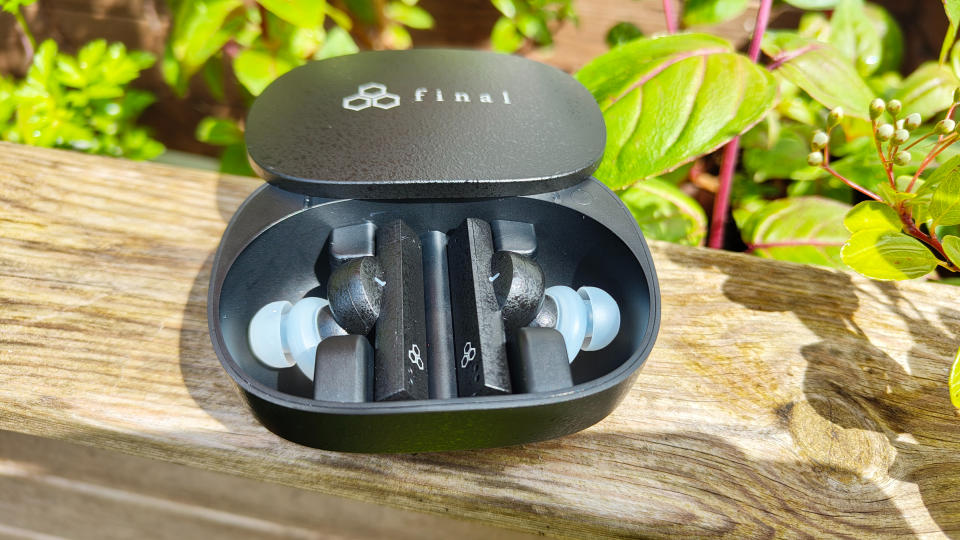
Before we dive into the process itself, let's look at the theory. According to Final, every person experiences sound in a slightly different way, predominantly because our bodies, ears and brains are subject to the vagaries of infinite variation. Not only do brains perceive sound differently from person to person, but the sonic experience of a stocky, six-foot man won’t be the same as that of one who is shorter and slighter. According to Final, soundwaves bounce off the body (torso, head, ears etc.) differently depending on the size of the object hit, with our minds then adjusting our sonic experience depending on factors such as how broad we are or how much our ears stick out.
Our own internal equaliser then adjusts that sound to compensate, meaning that we’re often experiencing the sound as we expect to hear it rather than how it is or how we would like it to be. That’s an issue when you’re wearing in-ear headphones and your brain is compensating for a process that’s no longer occurring and thus disrupting the timbral fidelity of your experience.
Final’s approach, then, is to scan the ears and torso to gain a three-dimensional impression of the wearer to understand better how the user’s body and brain are working to affect their perception of the sound experienced. Once completed, Phase Two can begin, whereby a variety of tones are played and the user picks their preference based on which timbre they prefer. Once all of the data is collected, you can then acquire a pair of buds best suited to your individual preferences and physical characteristics which bypass your physical characteristics and internal EQ for a profile that's altogether more "you".
Phase One: You spin me right round, baby
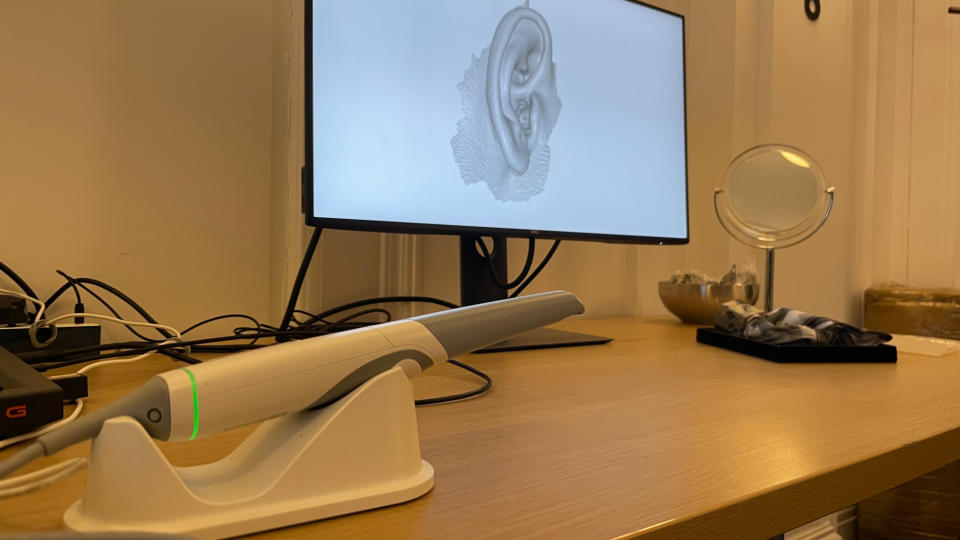
The first stage is the oddest step in your pursuit of personalised perfection. My experience involved a meet-up in one of the side chambers of London’s rather grandiose Insurance Hall, a historic setting that seemed rather at odds with the high-tech purpose Final had in store. After a quick run-through of the key principles and concepts of the service, it was time to initiate Phase One: the scans.
Two main scans were required – one of the torso and one of the ear, and while that might sound very futuristic and fancy, the reality of it wasn’t quite so glamorous. The torso scan involved sitting on a circular stool and then rotating slowly as the Final team filmed my progress, spinning myself around as though I were a prize being exhibited on Bullseye or a block of cheese on a Lazy Susan.
To properly pick up data points on my head, I was obliged to wear a digitally checked swimming cap, a decidedly unflattering look at the best of times. (Final requested to use the resultant images in their press materials, but I wasn’t keen on the idea of my head, adorned with its Handsmaid’s Tail-esque cowl, appearing on advertising billboards in Tokyo, or worse still, a popular Japanese prank show in which gullible Westerners are duped into wearing humiliating garments and spun around on an office chair in the mistaken belief that they’re participating in cutting-edge scientific research.)
The ear scan, meanwhile, was more impressive, with a device that looked a little like a small dust buster moving up and down my lugs while a three-dimensional image of said lobes appeared on a computer screen. Never before have I seen my ears in such detail (it’s rather unsettling when they’re floating in empty space), and I can’t help but think that they’re now on some larger database through which I can be identified by transnational organisations.
Phase Two: back to school
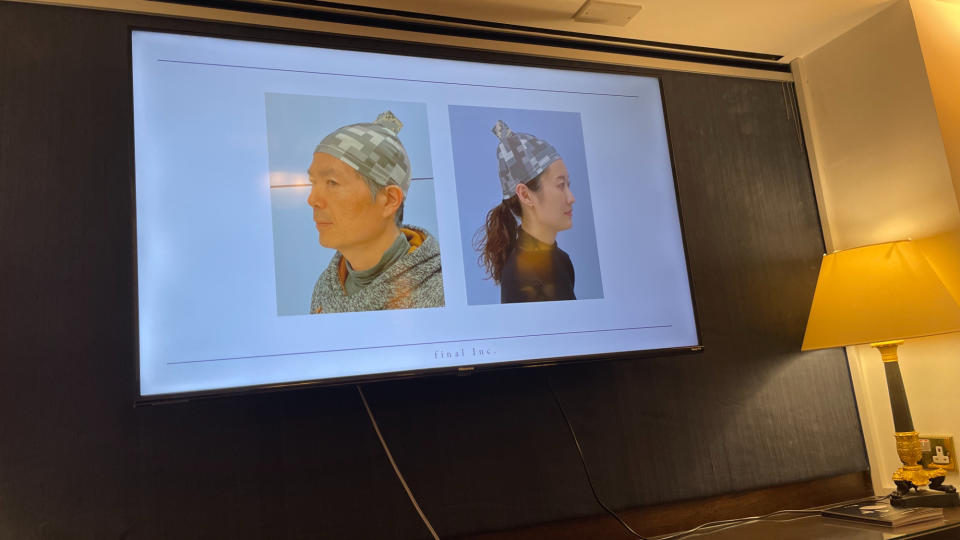
After a week or so, the next step was a hearing test, albeit one focused more on sonic preferences rather than one’s ability to detect sonic feedback. This test involved a large bank of sounds and songs, all of which could be accessed remotely using Final’s software, to which different filters could then be applied. All I had to do was pick the filter I liked the most: A, B, or C, followed then by D, E, or F and so on, and Final would build an overall sonic profile based on my tastes
This, theoretically, was the true personalisation part in which my preferences would be logged and then built around when crafting the finished product to my liking. Those filters didn’t always have an effect, mind, nor did the resultant changes remain consistent from one group of letters to the next, thus avoiding the propensity to simply pick the first letter (A, then D, then G etc.) without actively engaging in the process.
Phase Three: the Final step
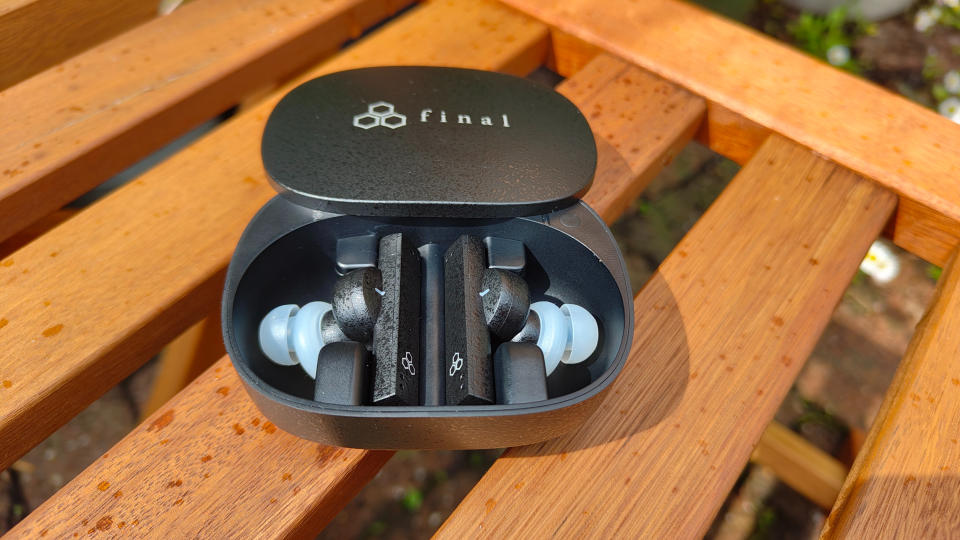
This, naturally, is the critical bit. I actually ended up picking up my personalised wireless earbuds (a bespoke version of the Final ZE8000) at this year’s High End Munich showcase, visiting Final’s exhibition stand and probably leaving various nearby punters confused as to why I was walking away with a pair of in-ear headphones and they were having to settle for a cloth tote bag and perhaps, if they were lucky, a branded pen.
I did, of course, wait until I was back in Blighty to see what my very own customised Finals sounded like. This involved listening to the ZE-8000 with the standard EQ settings and then switching over to my custom profile, assessing the differences in the same way that we usually perform comparative tests between rival products and manufacturers.
Happily, bouncing between the two settings (i.e. customisation on and then off) provided a significant difference. There’s no question that my preference for a sparkier, perhaps slightly treble-happy sound profile had been heavily accounted for, as Chayanne’s overwrought Latin ballad Un Siglo Sin Ti was suddenly thrust forward with greater force and upper-end spark as soon as I switched on my customised filter.
Deadmau5’s sparky EDM number No Problem certainly came across as zippier and punchier than usual, whereas Radiohead’s Reckoner enjoyed a similarly lively, agile rendition. Objectively, it’s hard to claim that these were “better” versions than the average punter would enjoy – there didn’t appear to be a greater sense of dynamic contrast or textural nuance – but they were unquestionably more suited to my tastes.
Ghost’s Spillways is a go-to track of mine regardless of whether I’m testing or not, a track which highlighted just why I had made my Phase Two choices. I obviously have a thing for energy and excitement, something which ludicrous glam-metal tracks need plenty of if they’re to perform at their best. I would’ve liked a little more depth at the lower end, but I imagine that my own preferences, combined with the ZE-8000’s natural leanness, might have been responsible for this relative shortcoming.
Was it worth it?
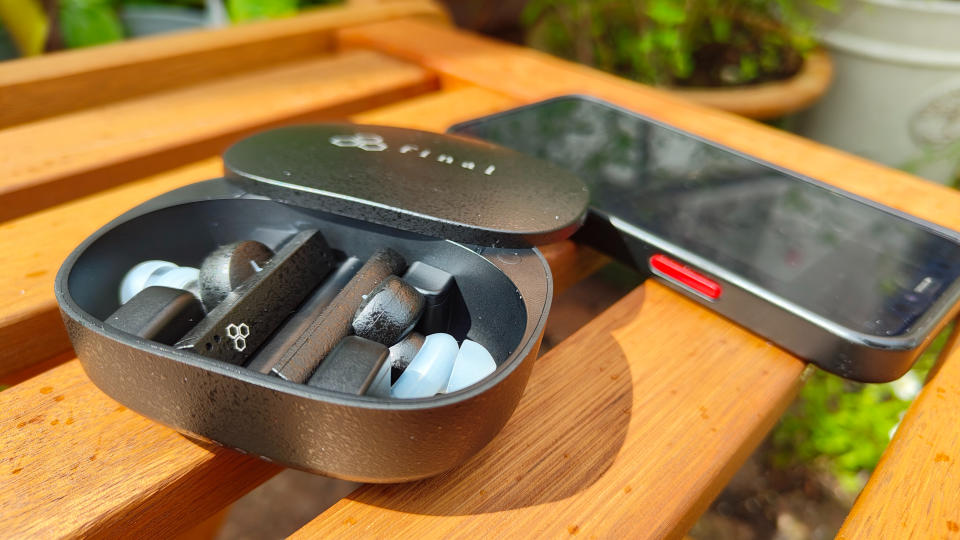
This is probably the question you’ve had in the back of your head the entire time while reading this riveting journey into the inner workings of my auditory preferences. Well, what I can attest to is how nice it is to own any piece of usually mass-made equipment, audio or otherwise, that feels unquestionably and unshakably one’s own. These earbuds are now mine, and there are none like them in the entire world. That, even if it’s mere sentimentality, counts for something in my mind.
There’s also no question that they produce a sound that I like and will continue to enjoy listening to for years to come. My sonic preferences during Phase Two strayed more towards punch, dynamism and energy rather than, say, pristine clarity or an over-egged bass weight, so it goes without saying that I’ve enjoyed the resultant spark and spirit the ZE-8000 (designated on my phone as “Harry’s Special ZE-8000”) duly provide.
There are caveats to all this, of course. Firstly, you have to like the sound and style of Final’s products in the first place, and while personalisation and jiggery-pokery will shape and sculpt your custom ZE8000 to your desires, they may be slightly swimming against the tide if you don’t click with Final’s standard sonic signature and accompanying aspects of usage: build quality, style, comfort, colour, feature set, provided app and so on. The good people at Final were kind enough to give me my own sound profile, but a pair of earbuds daubed in a pink and green camo skin might have been a bridge too far.
The burning question is whether you could obtain a similarly satisfying sonic signature from a rival pair without going through three stages of bespoke-ification in the first place. Listening to the Finals side-by-side with the exceptional Sony WF-1000XM5 didn’t make me veer away from my custom-made monitors, but a decent amount of listening time with the Sonys demonstrated that with a few EQ tweaks, I'd be just as happy with the Award-winners as with my custom-made Finals, if not more so.
Whatever the case, personalisation of this type certainly seems to be a trend towards which the market is shifting. We've already seen the Denon Perl Pro get in on the act with its involved listening tests and bespoke sound profiles, while many have speculated that the concept of "Headphones 3.0" will provide a differentiated experience by offering third-party app support akin to current smartphones and tablets. As wireless headphones and earbuds become more sophisticated and their supporting apps grow ever more advanced, the scope for these sorts of features expands greatly, bringing customisation into the user experience seemingly without the need for the more involved (and expensive) procedure offered by Final.
MORE:
Read our recent Final ZE8000 MK2 review
Best in-ear headphones: tried and tested earbuds
Best noise-cancelling earbuds 2024: tried and tested by our reviewers
